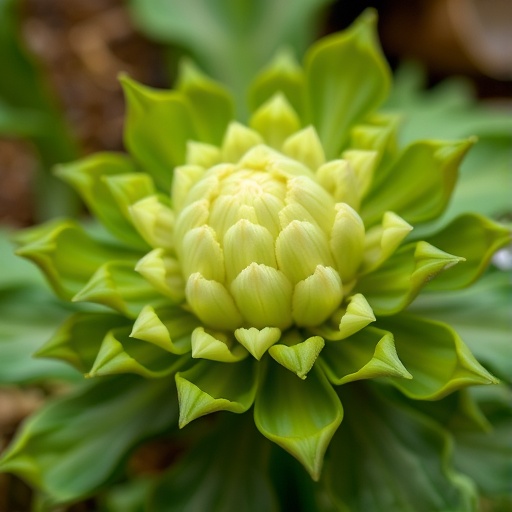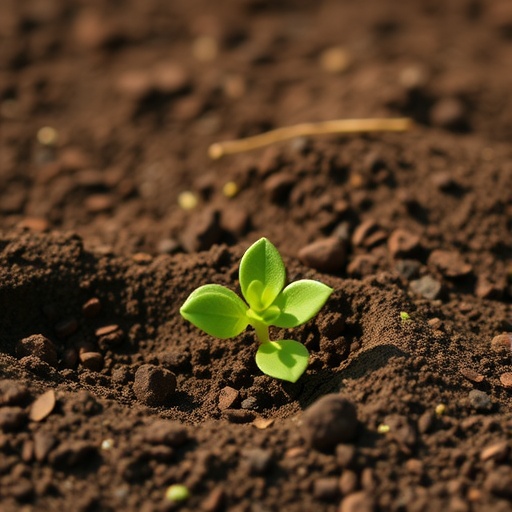What is the best cereal cropping system if you look at the big picture and take into account the impacts on global warming, eutrophication, land use in a global perspective, and arable land quality?
In collaboration with Aarhus University and the University of Copenhagen, Novozymes used life cycle analyses to unravel some of the facts. The results have been published in the report "Environmental Life Cycle Assessment of Danish Cereal Cropping Systems" by DCA – Danish Centre for Food and Agriculture, Aarhus University.
The scientists analysed six different cereal cropping systems that included spring barley or winter wheat, various sowing times, various uses of catch crops or intercrops, and various ways of dealing with the straw. They found that early sown winter wheat, where the straw is removed every second year and used in biorefining, is the best of six different cereal cropping systems with regard to total environmental impact.
In the analysis, the scientists took various factors into account, including grain yield, straw yield, soil carbon storage, greenhouse gas emissions, arable land use, and loss of nutrients to the environment. A central element in the analyses was the use of the cereal straw, i.e. to which extent the straw was incorporated into the soil or used in a biorefinery for co-production of bioethanol, biogas, and bioelectricity.
The system with early sowing of winter wheat and export of straw every second year came out best with regard to both greenhouse gas emissions and nutrient losses to the environment.
This is partly because early sown winter wheat has better grain and straw yields compared to spring barley and winter wheat sowed at the normal time. Reduced yields result in increased crop production elsewhere, which takes up more arable land. Another positive aspect of this cropping system is that the straw is used to replace gasoline, natural gas, and electricity.
The analyses demonstrate the importance of taking a bird's eye view when evaluating the total environmental consequences of cereal production. The scientists behind the study recommend that crop production be viewed in a full life cycle perspective. The differences in yield between the various cropping systems can have great impact on their individual environmental profiles and the use of straw in biorefinery can improve the environmental profile significantly.
– The collaboration with agricultural scientists from Aarhus University and the University of Copenhagen has been very fruitful and has lifted the scientific level of the analysis substantially, says sustainability specialist at Novozymes Jesper Hedal Kløverpris, who conducted the life cycle analyses.
Professor Bent T. Christensen from the Department of Agroecology, Aarhus University, agrees:
– This collaboration has led to results that have given us a new and more nuanced angle on the sustainability of cereal production, he says.
The DCA report "Environmental life cycle assessment of Danish cereal cropping systems", DCA report no. 81, August 2016 can be downloaded here.
###
Media Contact
Bent T. Christensen
[email protected]
45-87-15-77-64
@aarhusuni
http://www.au.dk
############
Story Source: Materials provided by Scienmag




